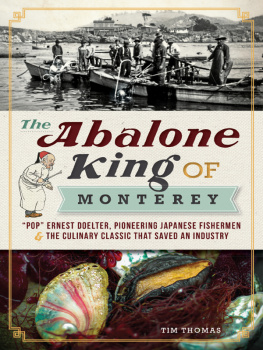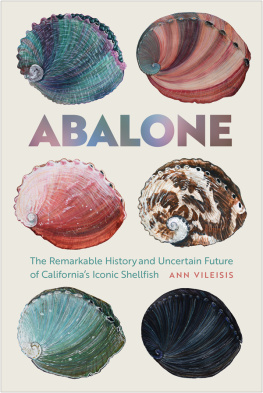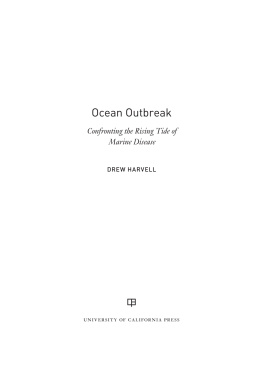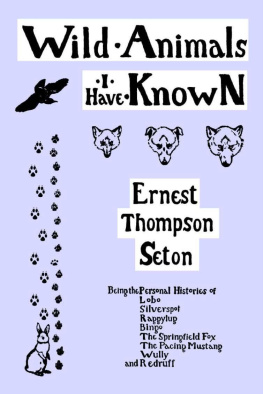
Published by American Palate
A Division of The History Press
Charleston, SC 29403
www.historypress.net
Copyright 2014 by Tim Thomas
All rights reserved
Front cover images: Abalone divers (top). Kodani Family Collection; abalone in seaweed (bottom). John Cox.
First published 2014
e-book edition 2014
ISBN 978.1.62584.010.3
Library of Congress Cataloging-in-Publication Data
Thomas, Tim, 1954
The Abalone King of Monterey : Pop Ernest Doelter, pioneering Japanese fishermen and the culinary classic that saved an industry / Tim Thomas.
pages cm.
Includes index.
print edition ISBN 978-1-60949-469-8
1. Abalone industry--California--Monterey. 2. Doelter, Pop. 3. Abalone fisheries--California--Monterey Bay. 4. Fishermen--California--Monterey--History. 5. Japanese Americans--California--Monterey--History. 6. German Americans--California, Northern--Biography. 7. Restaurants--California, Northern--History. 8. Monterey (Calif.)--History--20th century. 9. Monterey (Calif.)--Biography. I. Title. II. Title: Pop Ernest Doelter, pioneering Japanese fishermen and the culinary classic that saved an industry.
SH371.52.U6T56 2014
338.3724320979476--dc23
2014011082
Notice: The information in this book is true and complete to the best of our knowledge. It is offered without guarantee on the part of the author or The History Press. The author and The History Press disclaim all liability in connection with the use of this book.
All rights reserved. No part of this book may be reproduced or transmitted in any form whatsoever without prior written permission from the publisher except in the case of brief quotations embodied in critical articles and reviews.
Contents
Foreword
Yes, It Happened in Monterey
Abalone! Abalone is a favorite food for several marine animals, including the sea otter. These tool-using mammals use rocks to crack the shell of the delicious, succulent abalone. But the real story is of how people have used, discovered and rediscovered the abalone and invented new methods of preparation to consume this much sought-after gastropod mollusk. And that story centers on the pioneering restaurateur of California who single-handedly made abalone the quintessential prize of California coastal cuisine and of diners throughout the nation. This delicacy soon became the subject of song and celebration and was the basis of a major seafood and tourist industry.
Historian Tim Thomass account of the exceptional entrepreneur Pop Ernest, his life and his transformation of the richly flavored abalone to the American dining palate is one of the most amazing histories not only of restaurants and dining but also of Californias scenic Central Coast. The story centers on the uniquely situated and picturesque seaside town of Monterey, as well as on the inventive ventures of Pop, this most enterprising European immigrant who took the abalone, already important in the diet of native Indian peoples of the California coast and of Japanese and other immigrant groups, and created a culinary sensation in Monterey and beyond.
In this book, Pops amazing life and work as the Abalone King is lovingly told by Thomas. With many little-known or newly discovered accounts of Pops life and how he launched the abalone into glory, Thomas recountsafter in-depth research and with great storytelling abilitythe Pop Ernest story.
Enjoy this book and look fondly when you gaze at the beautiful abalone steak on your plate the next time you venture to your local restaurant. Remember who made it possible: the Abalone King.
DENNIS COPELAND
Historian
City of Monterey
Preface
Sometime in the summer or fall of 1908, Chef Pop Ernest Doelter introduced his newest recipe, the abalone steak, in his small, picturesque Monterey restaurant. Unfortunately, we dont know who the first person was, or even what he or she felt, when that first bite was taken. What we do know is that soon after that first bite, the Caf Ernest on Alvarado Street became known up and down the California coast, and people came from all over to eat his delicious new food sensation, abalone. The demand was so big, and the restaurant so crowded, that all five of Chef Doelters children were put to work serving abalone to patrons.
Ernst Ludwig Doelter first came to United States in March 1881, arriving at New York City. Doelter marked his birthdate as July 4, 1864, making him just seventeen years old. Born to a building contractor in Kehl, Germany, the opportunities for a young man looking to make his mark in the world must have been slim, as he and his older sister, Ida, set sail for the United States, leaving their two younger brothers, Albert and Otto, in Germany.
Life for a young German immigrant in New York City in the 1880s was hard. But Ernst found work in the many restaurants of New York City, learning the trade from the ground up. Its not known which restaurants he worked in, but for the next five years, he was a busboy, a dishwasher and a waiter, eventually making his way to the kitchens to learn the chefs trade. Although abalone is found all over the world, it is not found on the East Coast, so it is doubtful that that he had any experience with the shellfish that would eventually make him famous.
When he received his naturalization papers on January 26, 1887, Doelter identified his occupation as a baker. He also dropped Ludwig from his name and added an e to Ernst to Americanize his name, becoming Ernest Doelter.
So, just what is an abalone? An abalone is a big marine snail or gastropod from the genus Haliotis. Abalone may be found in most oceans of the world, usually in cold waters, off the Southern Hemisphere coasts of New Zealand, South Africa and Australia, as well as the Pacific coasts of western North America and Japan in the Northern Hemisphere.
Abalone goes by many namessea ears, ear shells, Venuss ears and muttonfish. In Mexico, its called orejas de mar, and in Japan, its known as awabi. But the name abalone comes from Monterey, and it originated with the Rumsiens, the native people of Monterey, who had a word for the red abalone, the largest of the abalone and the predominate abalone in the Monterey Bay. That word is aulun. Early Spanish settlers called it abulon, based on the Rumsien word, and linguists today trace the word abalone all the way back to that word, aulun, that started in Monterey several thousand years ago.
The story of Pop Ernest Doelter, the Abalone King, and the Monterey Japanese abalone industry is a unique and sometimes complicated story and one that would have been impossible to tell without a number of folks who helped me along the way. First and foremost is Patricia Sands, daughter of Carl and Pops granddaughter, who graciously opened the family archives to me. Fred Brown, grandson to Pop, shared his mother Mimis George Sterling poem. The late Roy Hattori spent hours and hours with me answering all my questions, Id also like to thank Dennis Copeland, historian and archivist with the City of Monterey, and Ann Vileisis, who is writing her own book on abalone and shared some of her research with me. I thank Art Seavey, Joe Cavanaugh and Trevor Fay of the Monterey Abalone Company; David and Earl Ebert of US Abalone; Mary Alice Fettis, daughter of Sal Cerrito; Chef John Pisto; Jerry Loomis; historian Sandy Lydon for all the amazing work he has done on the Monterey Japanese story; Point Lobos curator Kurt Loesch; and historians Geoffrey Dunn, Kent Seavey, Erica J. Peters, Margo McBane and Micki Downey, who shared some of her work on the Masons. Id also like to thank my friends in Japan: Yoshie Mitsuhashi, Toshio Oba and Toshio Takanashi. And last but not least, I want to thank Linda Yamane, who understood the importance of this story and encouraged me to finish it. This book is dedicated to the entire Doelter family.
Next page











